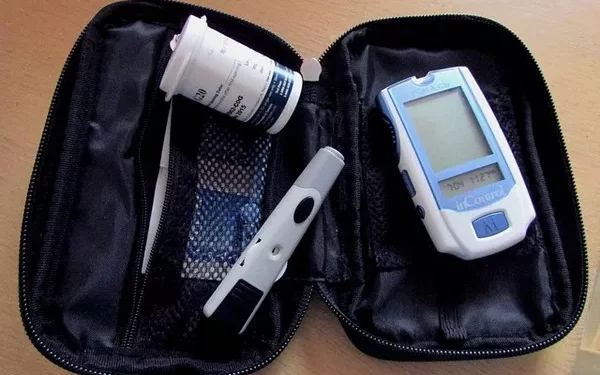Researchers have uncovered a significant mechanism that may explain insulin resistance in adolescents with obesity, a condition that could serve as a critical target for the prevention of type 2 diabetes. The study, published in The Journal of Clinical Investigation, highlights a novel pathway that could one day allow medical interventions to halt the onset of this disease in younger populations.
As obesity rates in youth soar, so too do the prevalence of conditions previously associated with older adults, including heart disease and type 2 diabetes. Adolescence is considered a particularly vulnerable period for the development of these chronic health conditions, with insulin resistance serving as a key precursor to type 2 diabetes.
Disrupted Insulin Response and Fat Breakdown
The research team from Yale University focused on how adolescents with obesity respond to insulin, the hormone responsible for regulating blood sugar levels and fat metabolism. Typically, insulin halts the breakdown of fat in adipose tissue, but the Yale researchers found that this function was impaired in adolescents with insulin resistance.
“When fat cells don’t respond to insulin properly, fat is released into other tissues, contributing to a host of metabolic issues,” explained Aaron Slusher, PhD, the study’s first author and former associate research scientist at Yale School of Medicine.
The team suggests that targeting this disrupted pathway could offer new therapeutic strategies, potentially preventing insulin-resistant adolescents from progressing to type 2 diabetes. “Adolescence is a critical window for developing type 2 diabetes, and understanding how insulin resistance in fat tissue contributes to the condition is an important step toward prevention,” said Nicola Santoro, MD, PhD, the study’s second author.
Uncovering New Insights Through Adipose Tissue Biopsies
The study involved 30 adolescents with obesity, 17 of whom were identified as insulin-resistant. By taking biopsies of the subcutaneous fat layer and measuring fat breakdown (lipolysis), researchers observed how insulin responded to different levels of infusion. These adolescents were also assessed for insulin resistance using the oral glucose tolerance test, a common diagnostic tool for diabetes and prediabetes.
The results showed that insulin infusion, which typically suppresses fat breakdown, failed to activate the key enzyme involved in lipolysis in the insulin-resistant adolescents. This failure allowed fatty acids to accumulate in other tissues, potentially contributing to metabolic disorders and the development of type 2 diabetes.
The Road to Prevention
This research follows earlier studies by Dr. Gerald Shulman, who previously identified similar mechanisms in animal models. The findings suggest that halting the flow of fat from adipose tissue to other areas of the body could help reduce the risk of cardiovascular and metabolic complications often associated with obesity.
Researchers are hopeful that these insights will lead to interventions aimed at increasing insulin sensitivity in young people. According to Slusher, potential solutions could include dietary changes, physical activity, or new pharmacological treatments that target the fat secretion mechanism identified in this study.
Sonia Caprio, MD, a senior author of the study, emphasized the importance of early intervention in preventing type 2 diabetes. “Our goal is to stop the onset of this disease,” she said, pointing to ongoing studies that explore the impact of drugs like semaglutide—currently used for weight management and type 2 diabetes treatment—on improving insulin sensitivity in youth.
As childhood obesity continues to rise, the researchers’ work represents a promising step toward combating type 2 diabetes in younger generations by targeting the underlying causes of insulin resistance.
Related topics:
Apples: A Sweet Solution to Diabetes, Cancer, and High Cholesterol
Is GLP-1 Therapy the Future of Type 2 Diabetes Treatment?
New-Onset Type 2 Diabetes Linked to Elevated Risk of Specific Obesity-Related Cancers

























